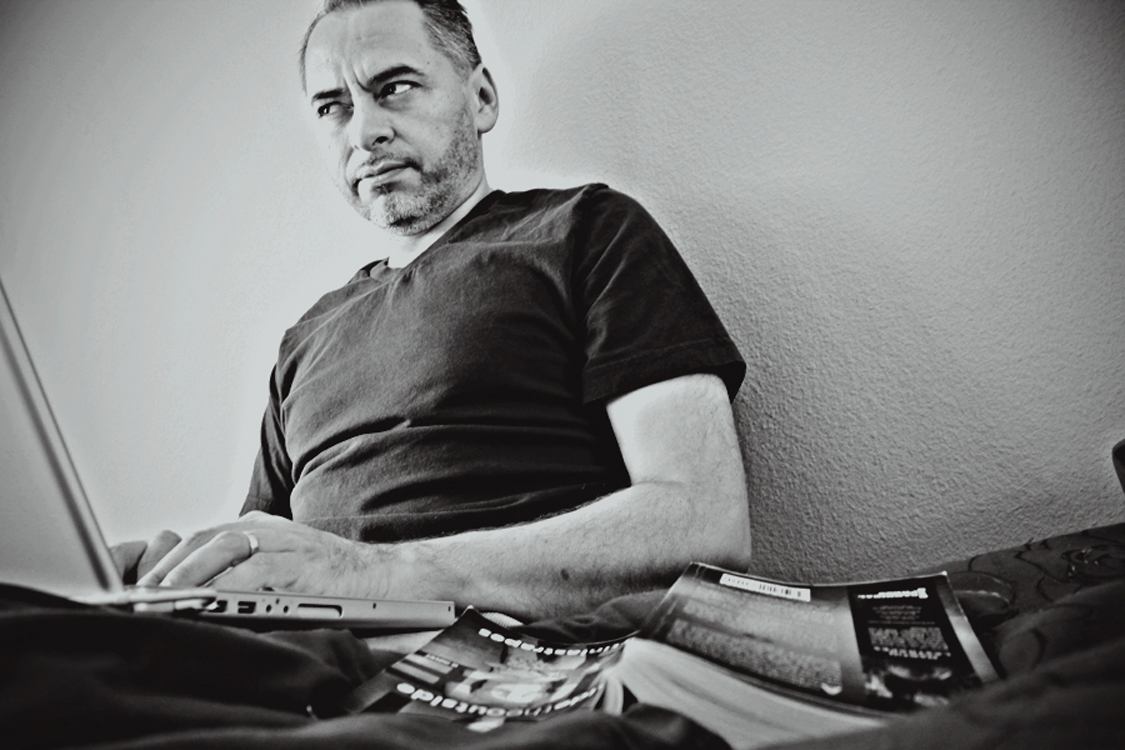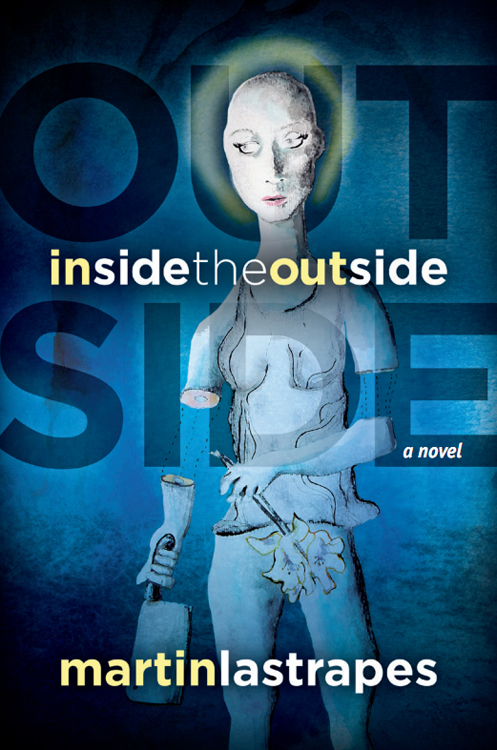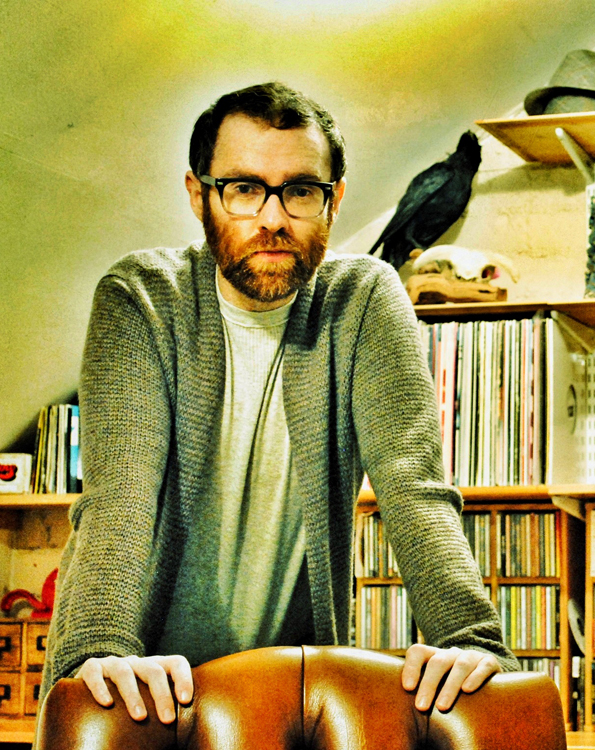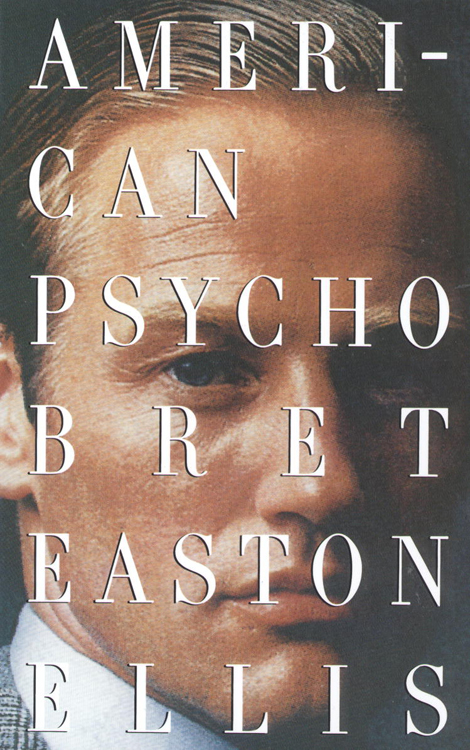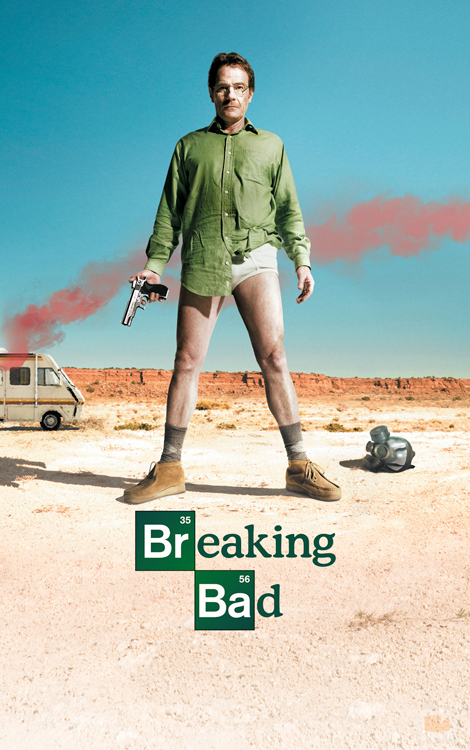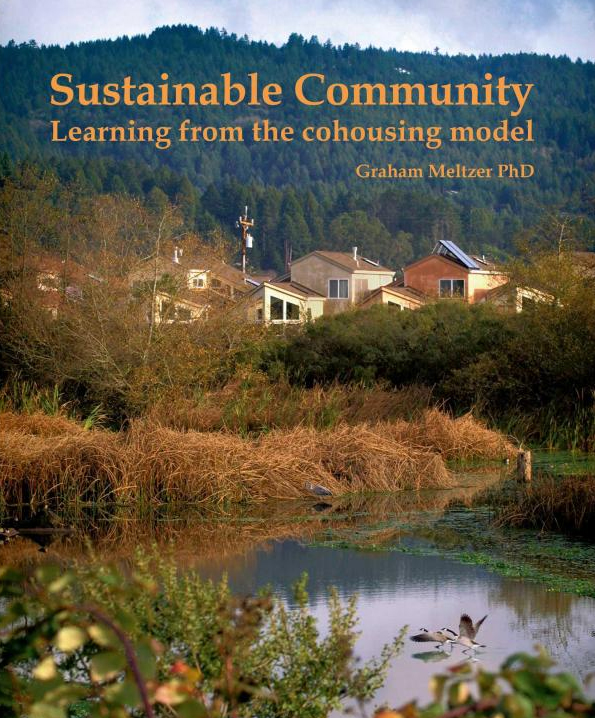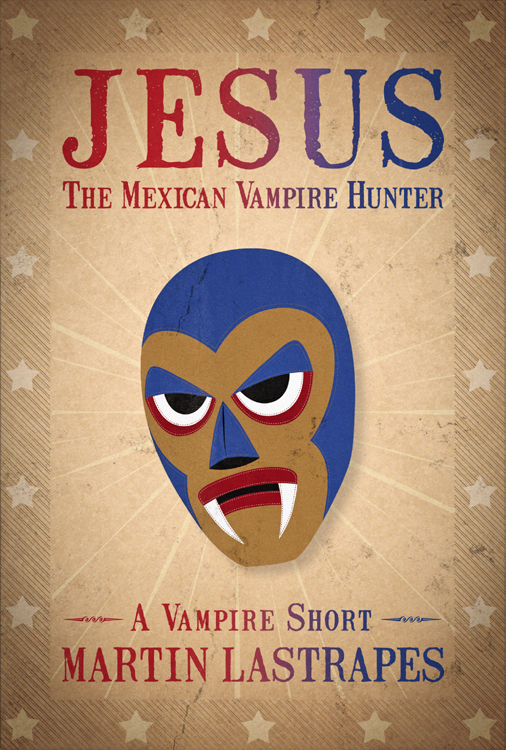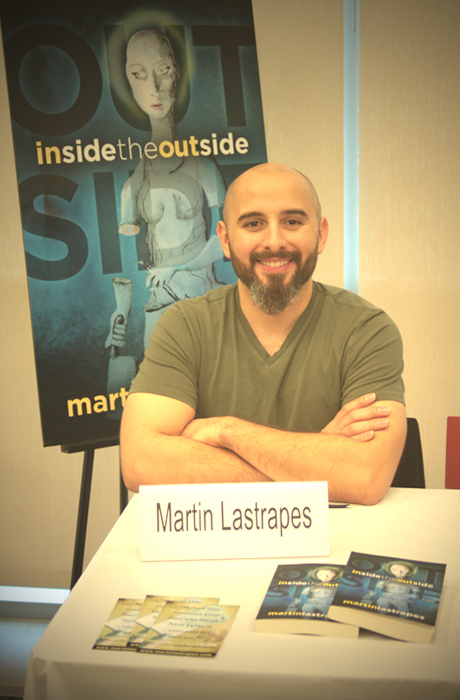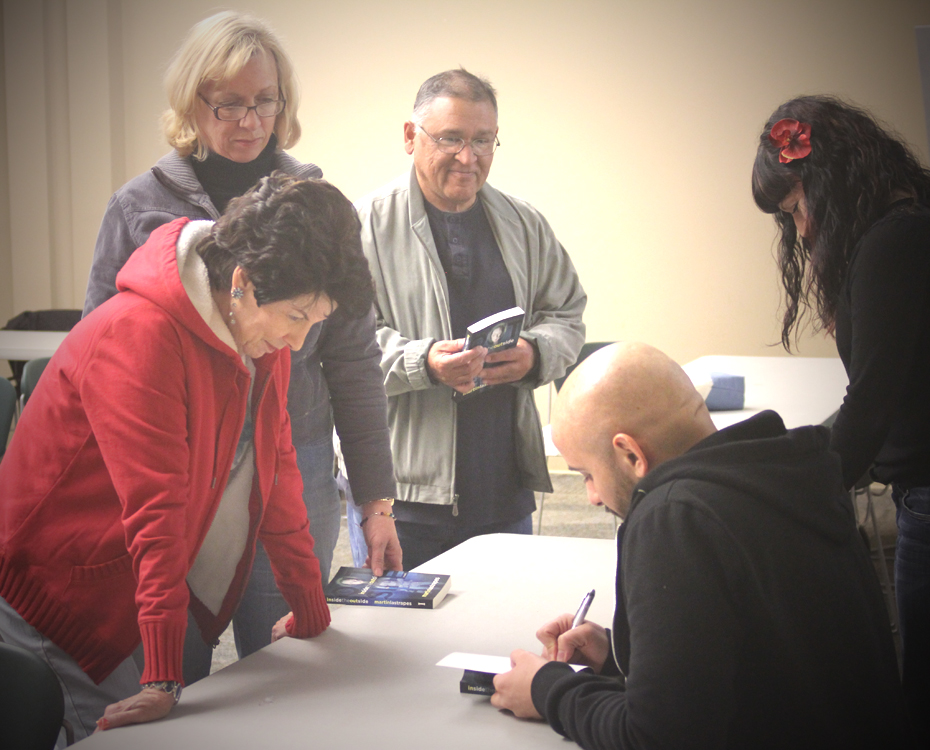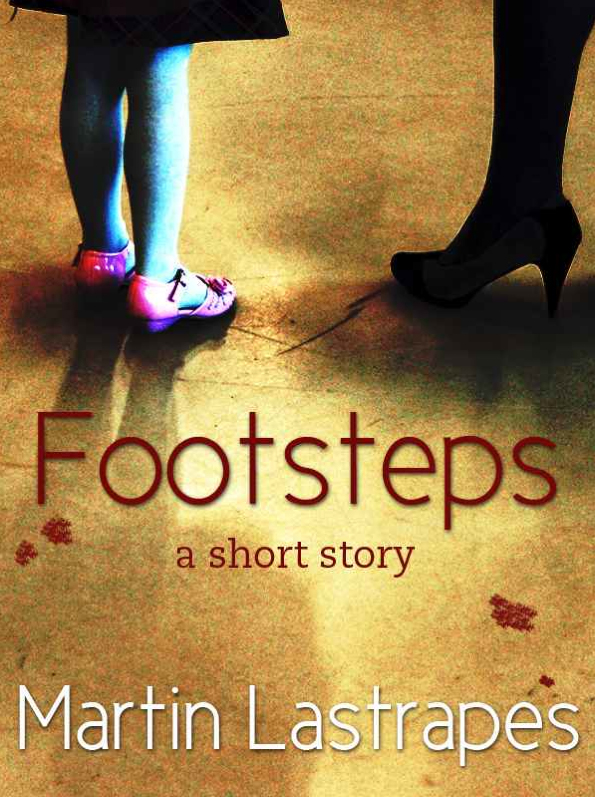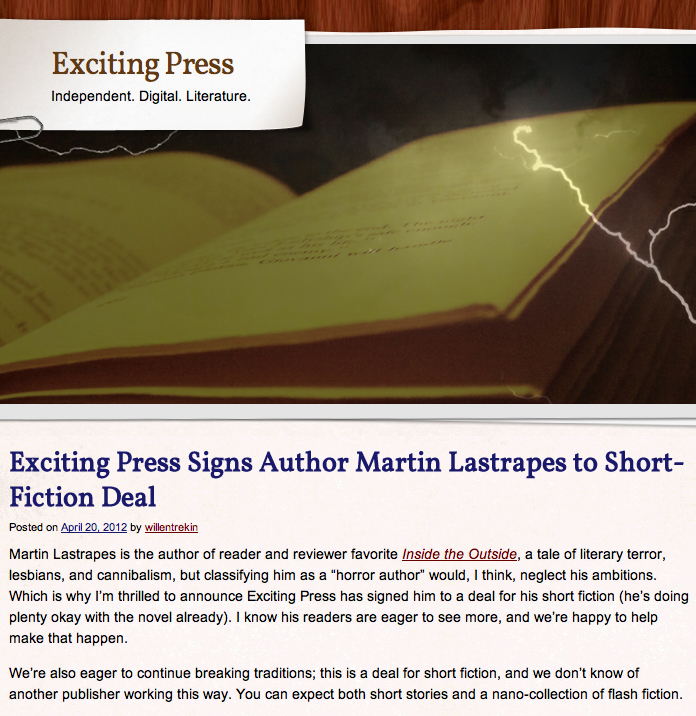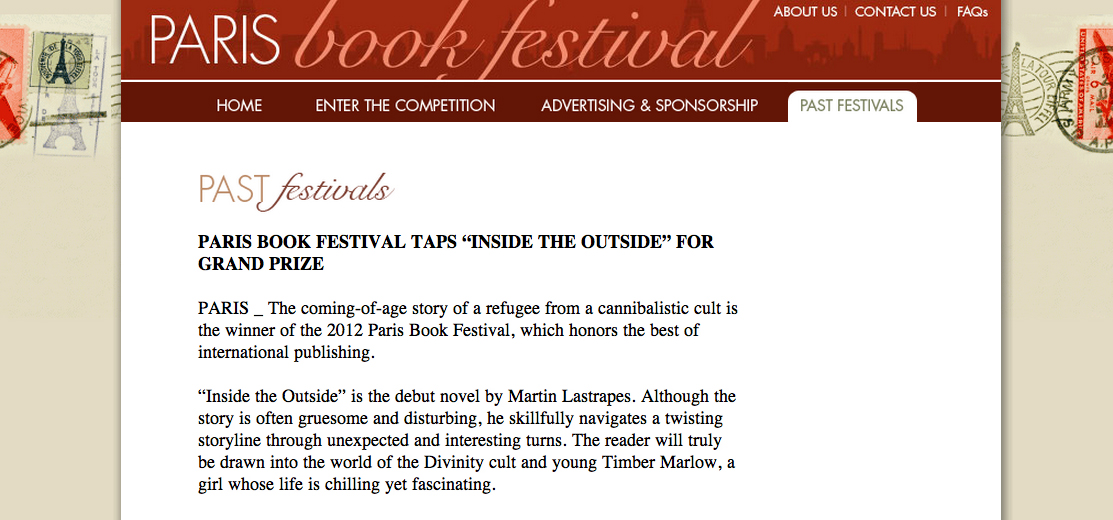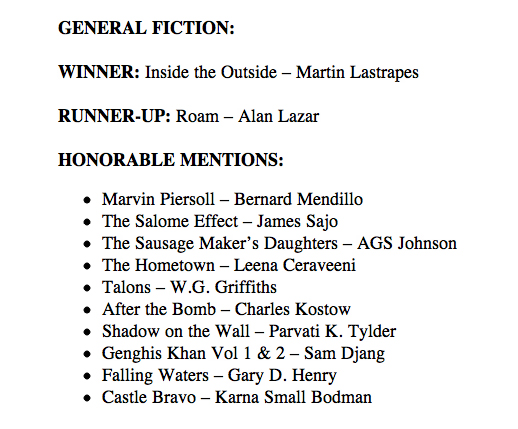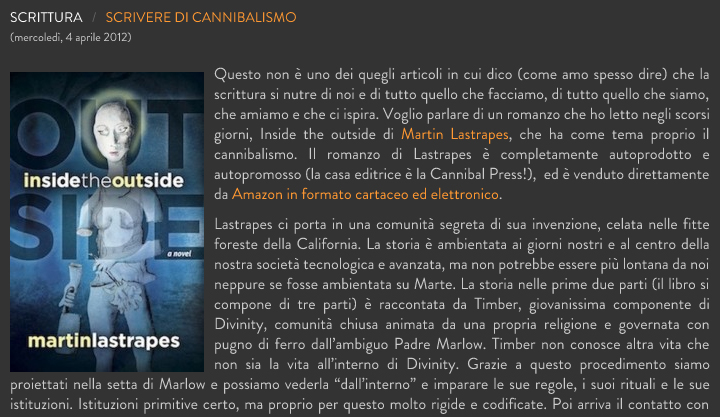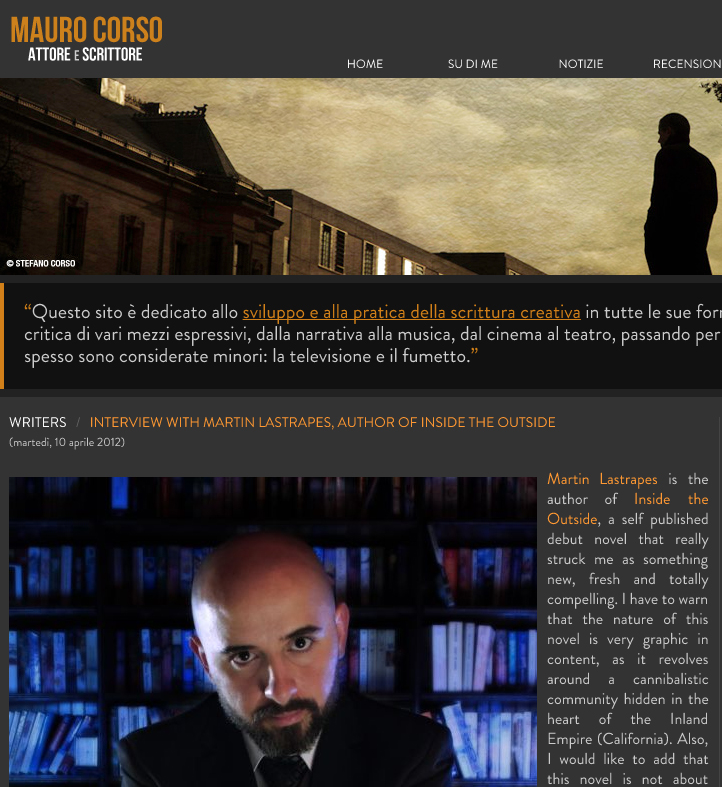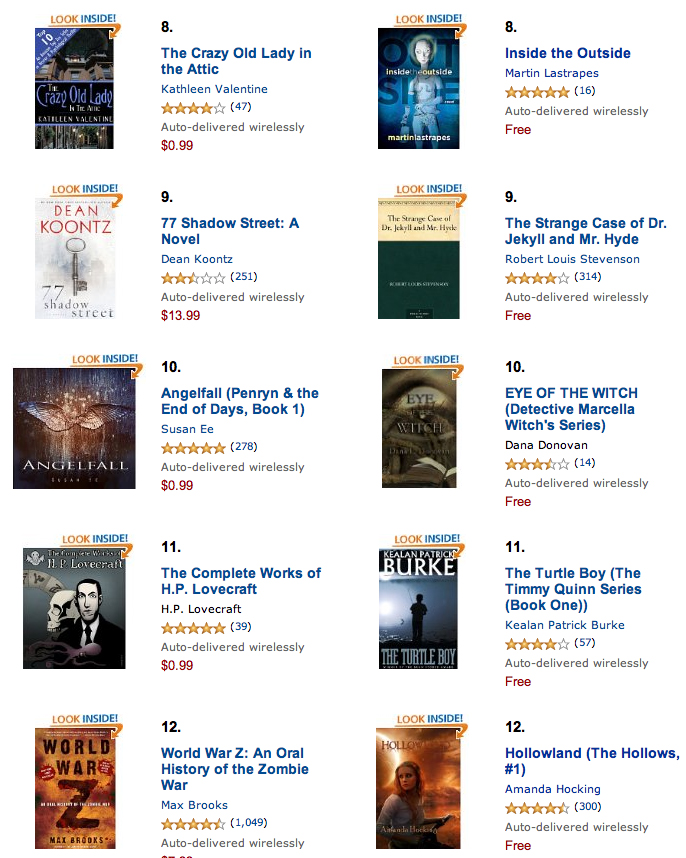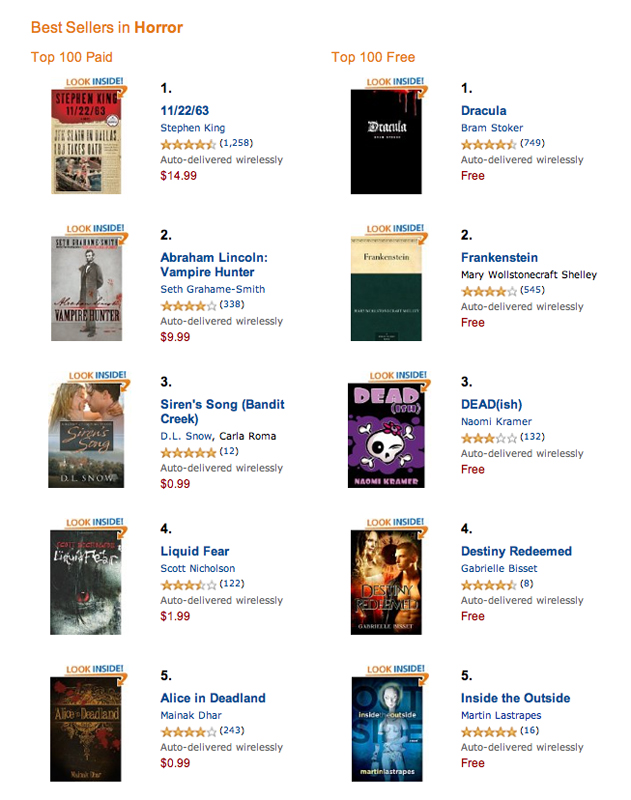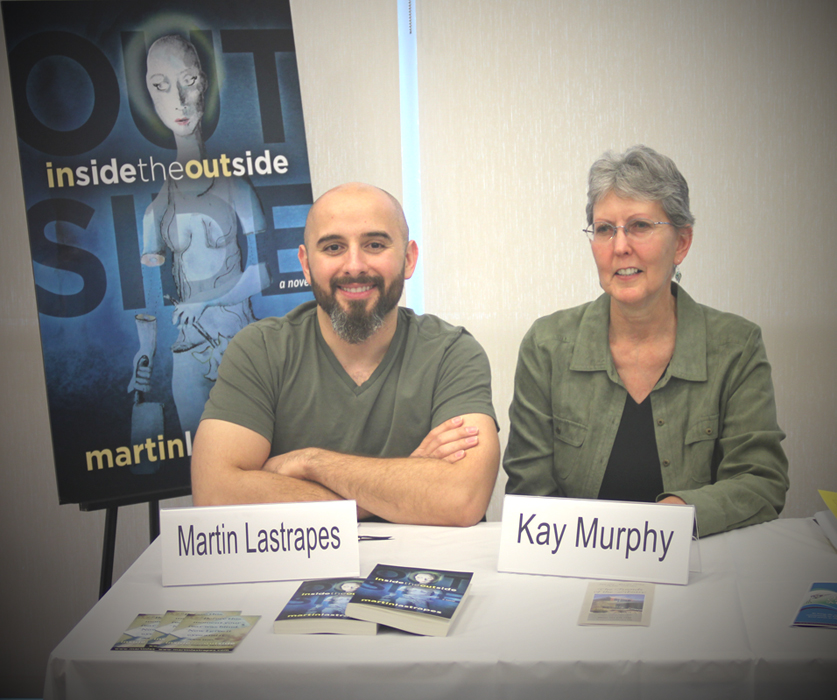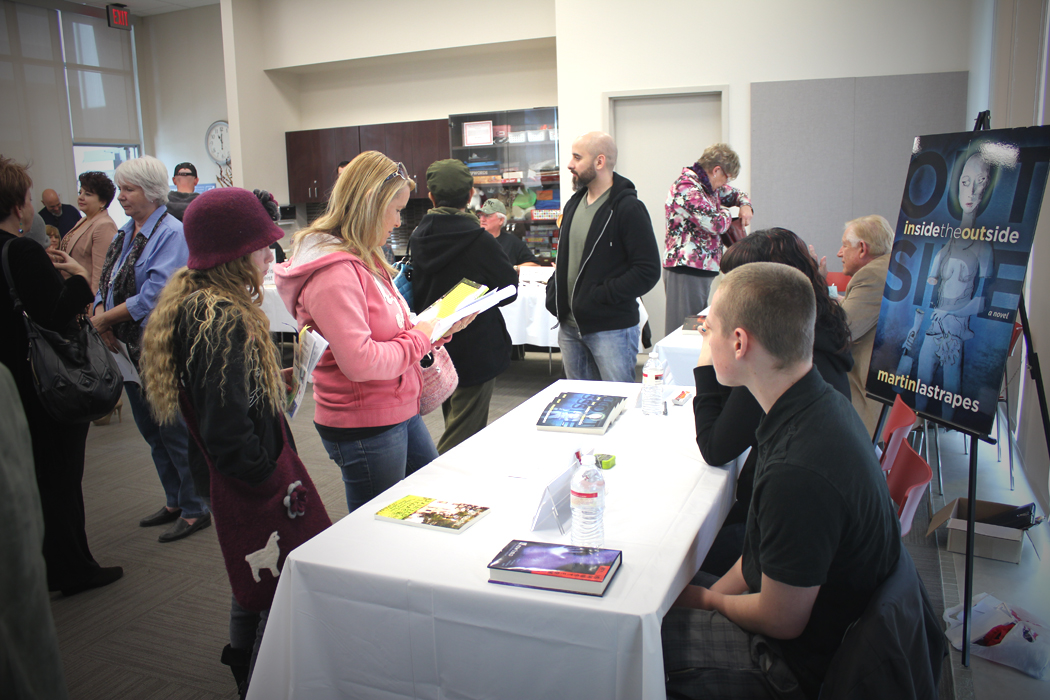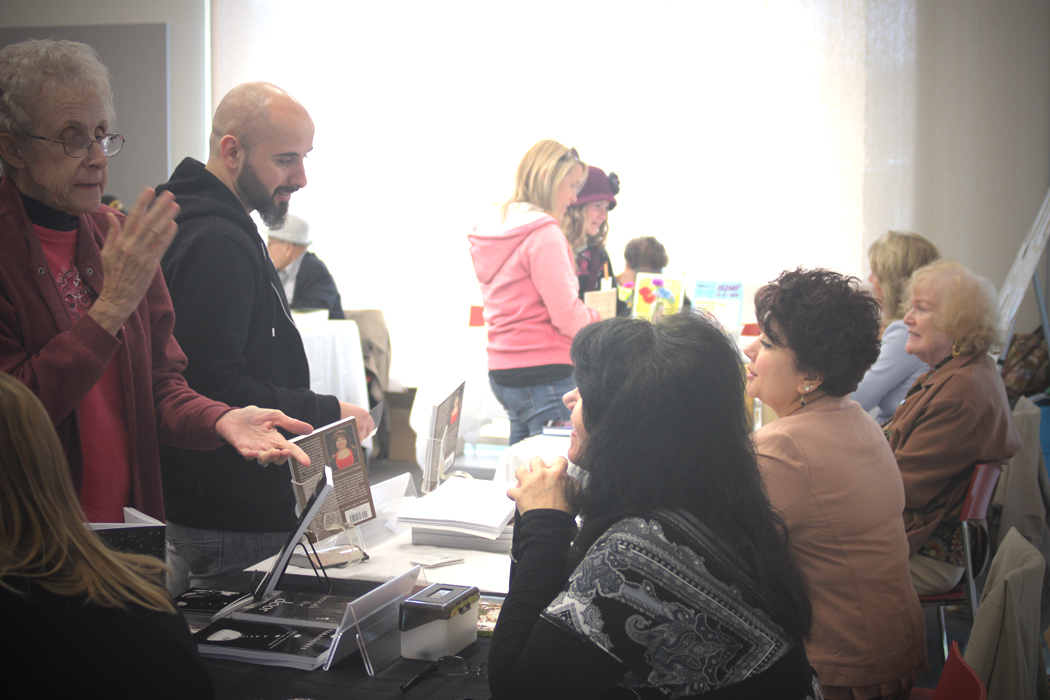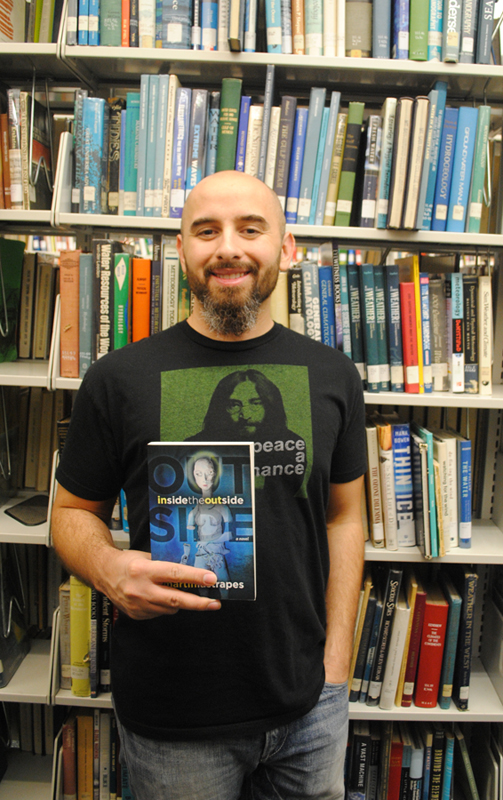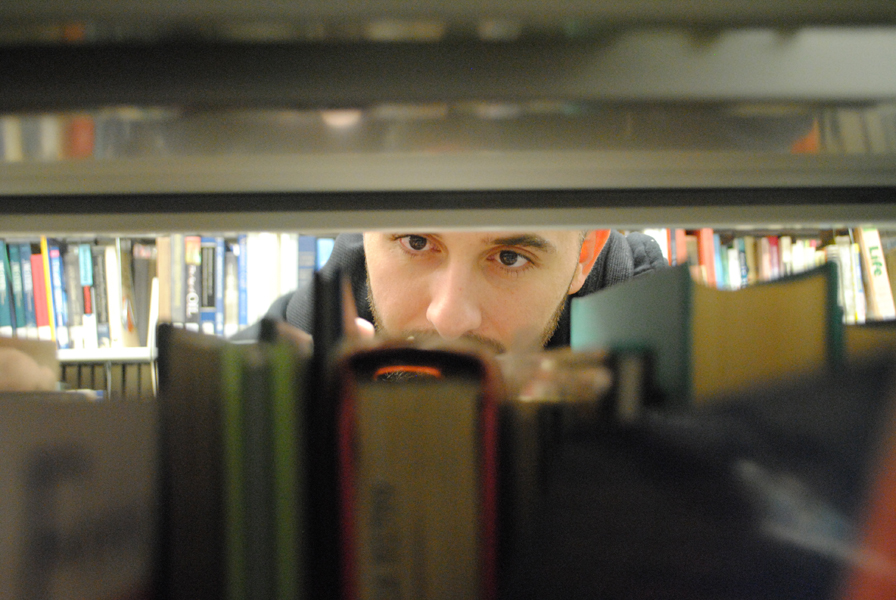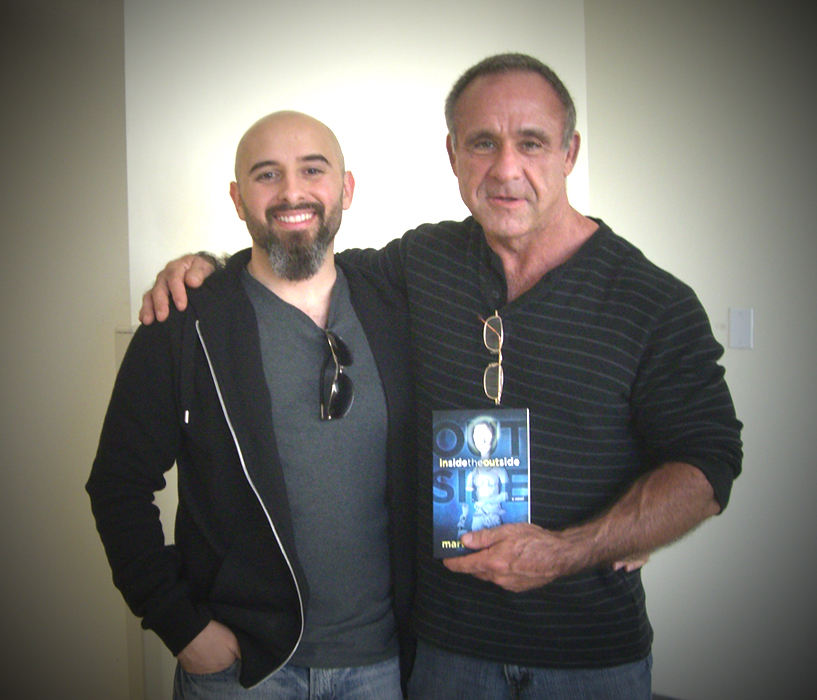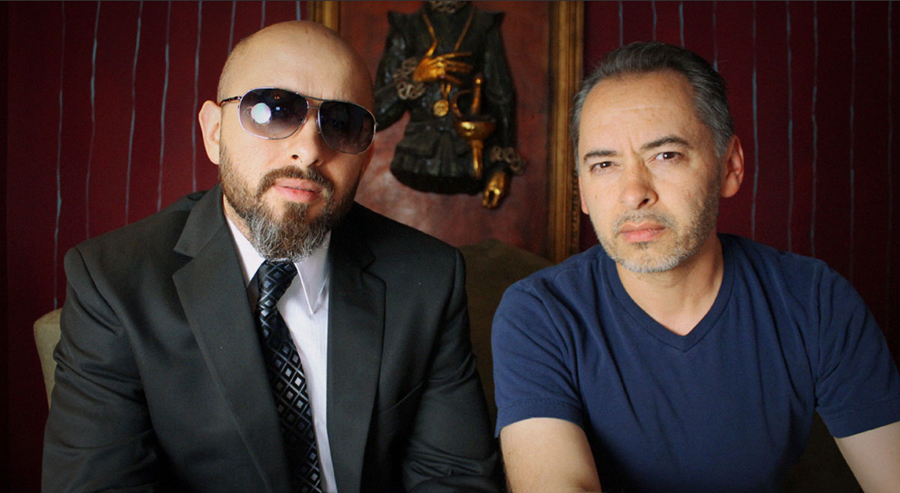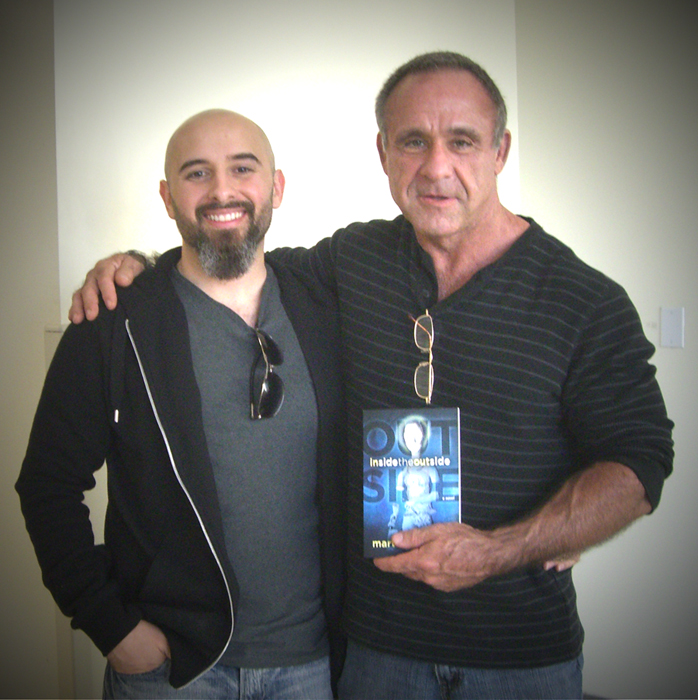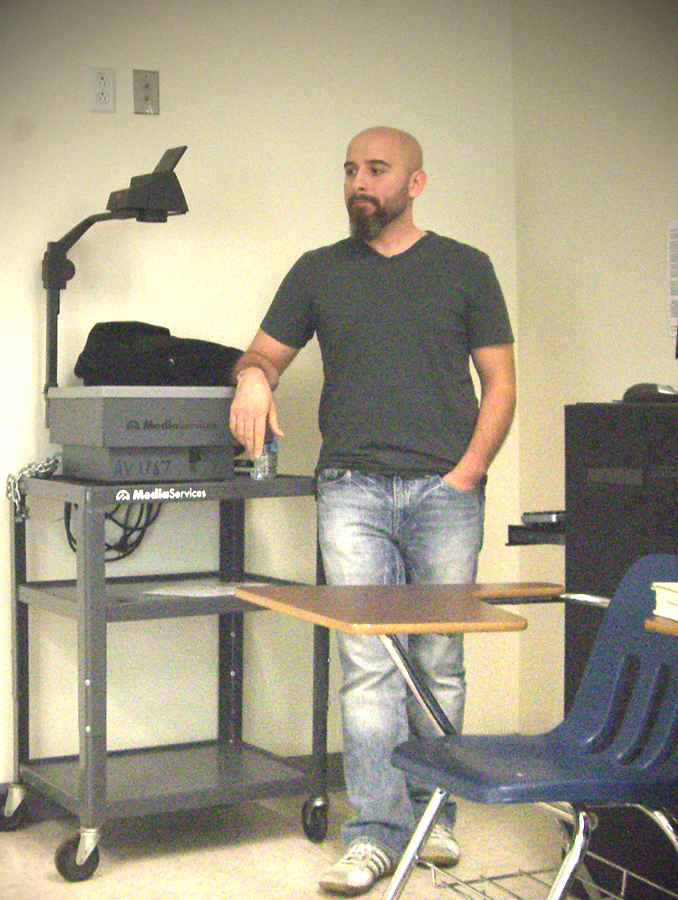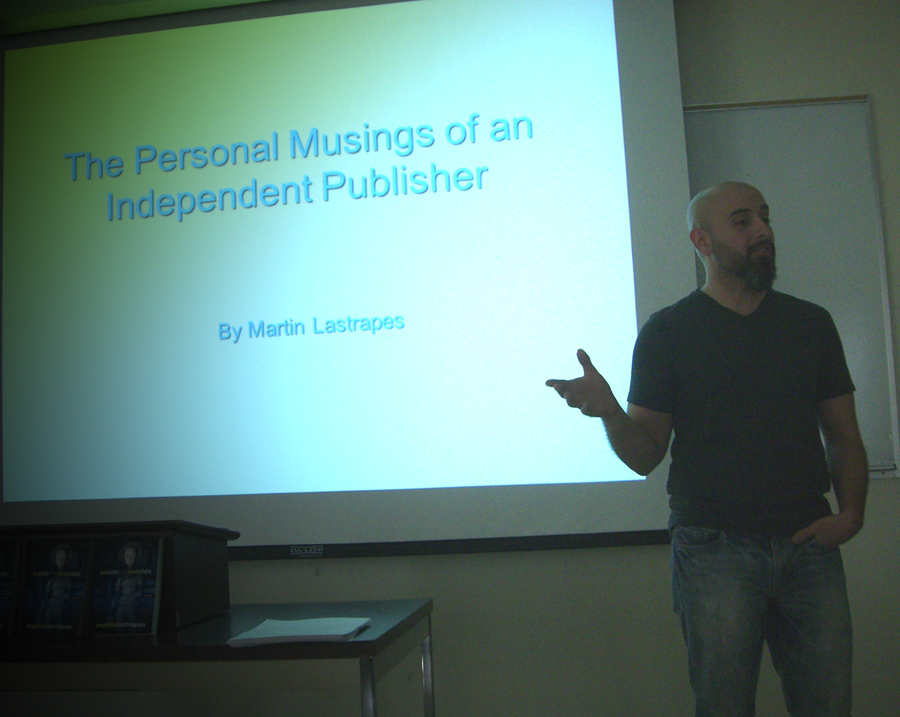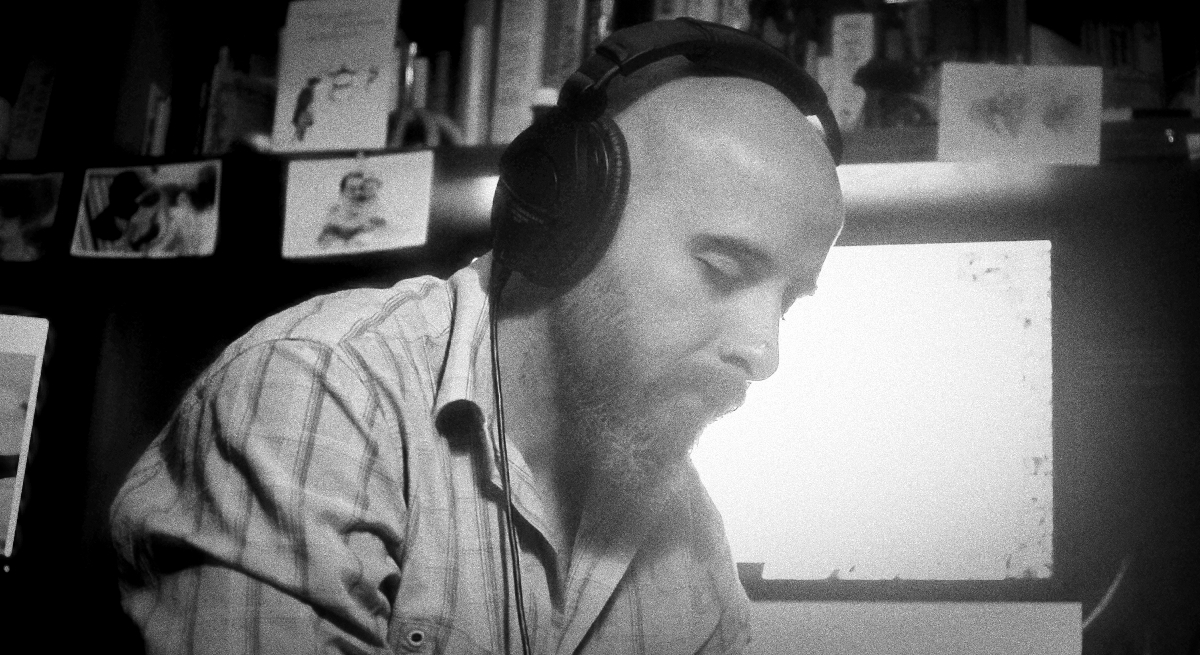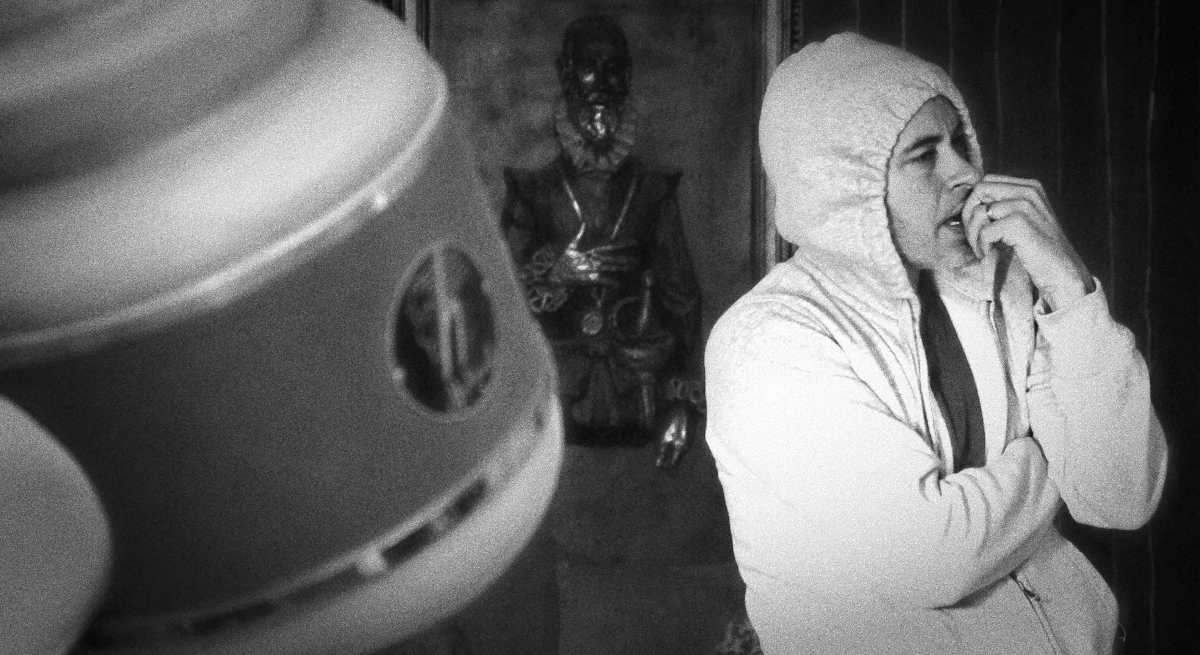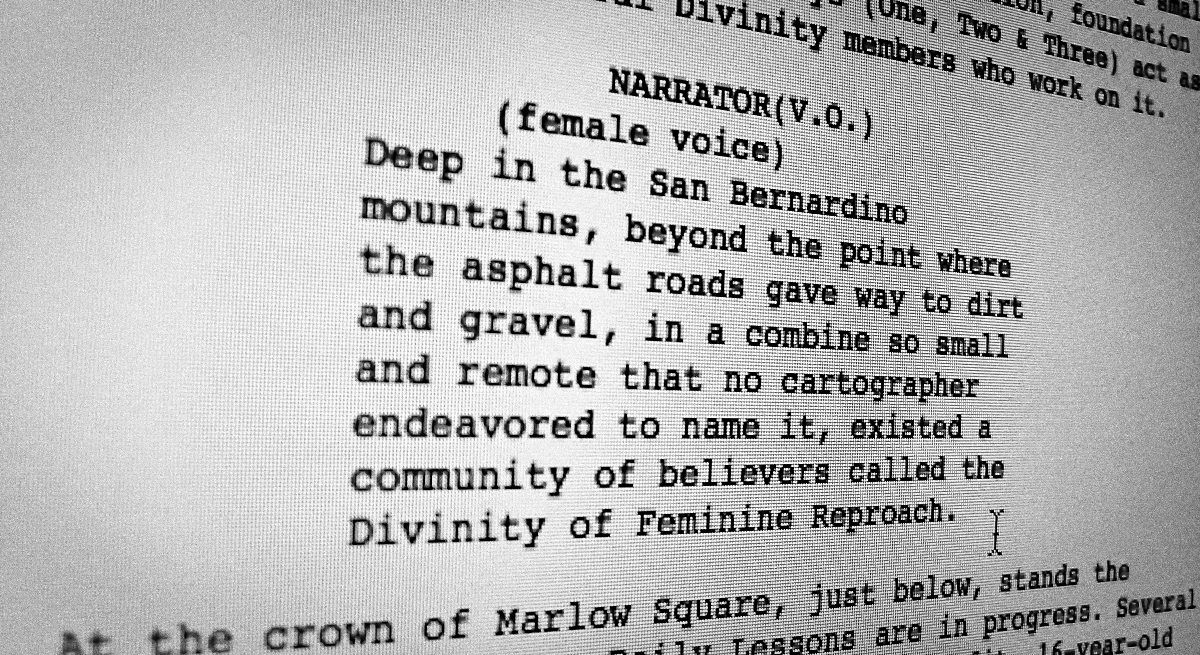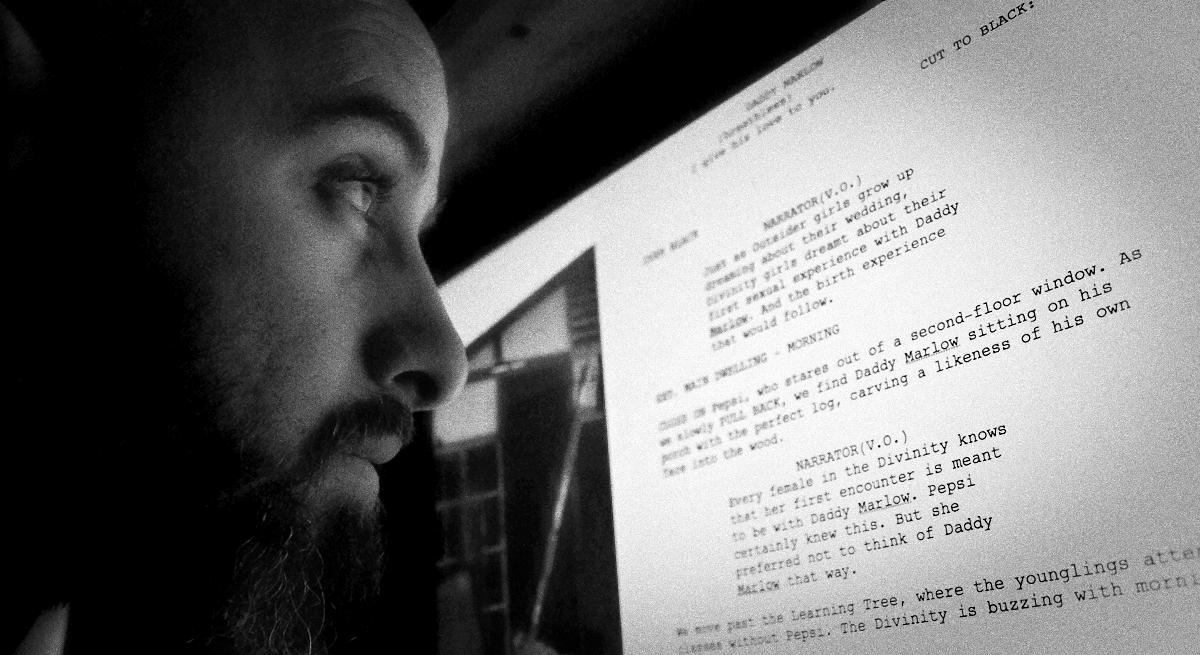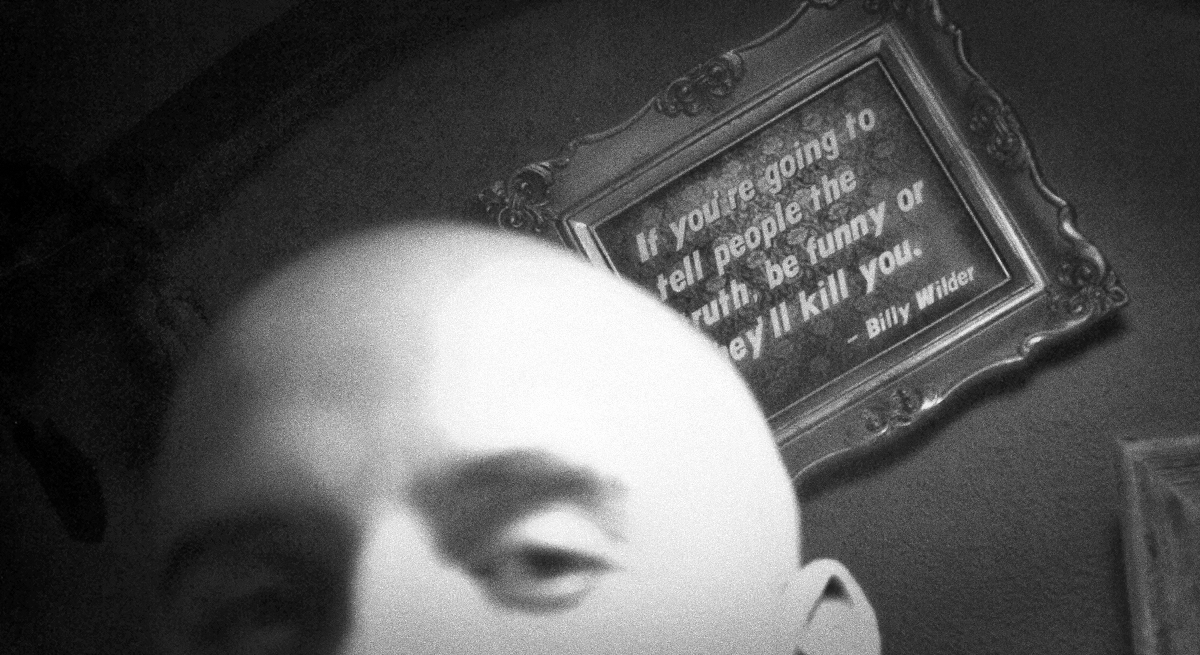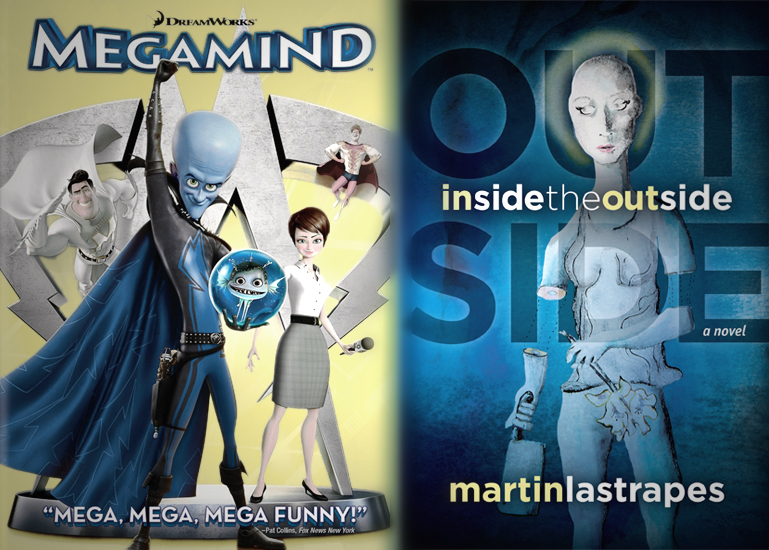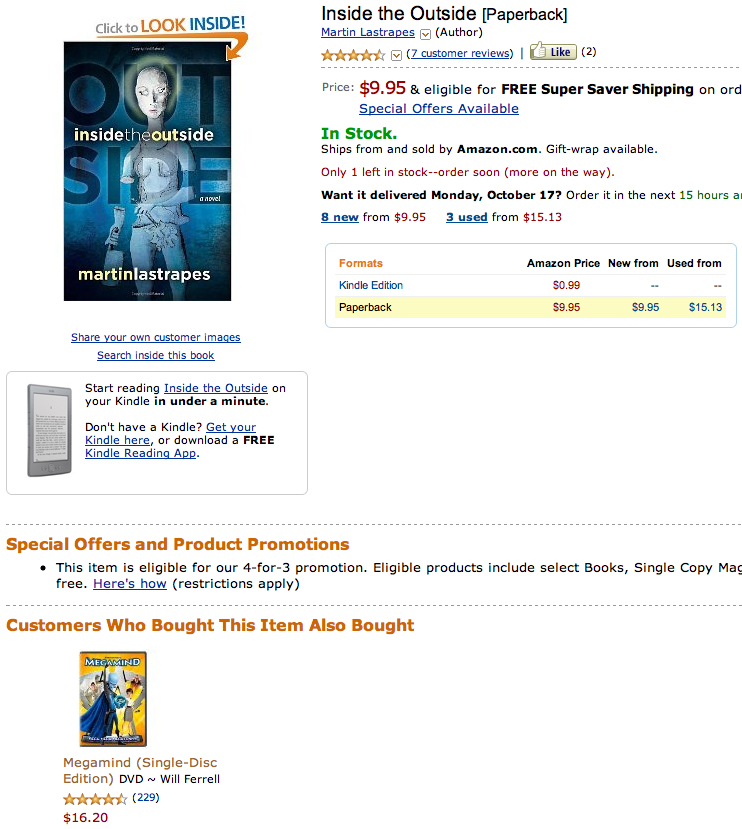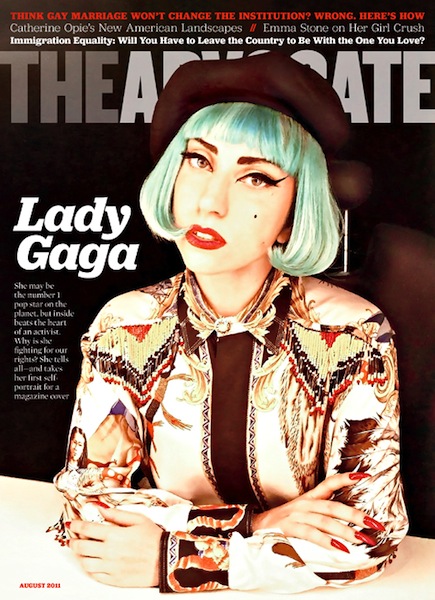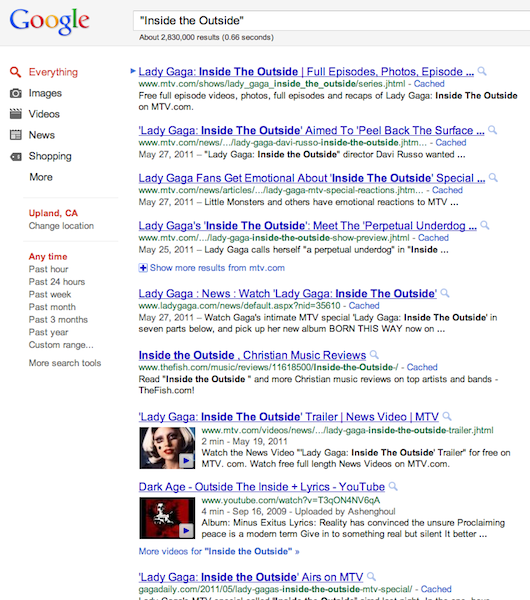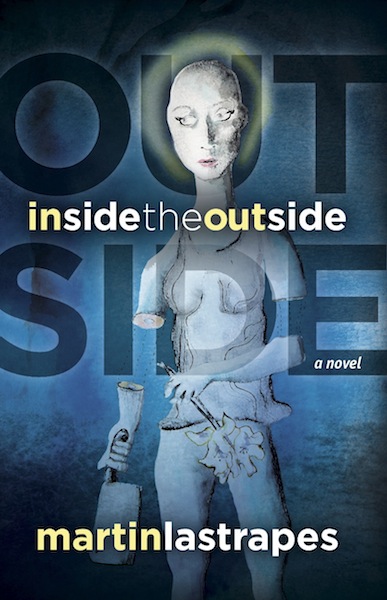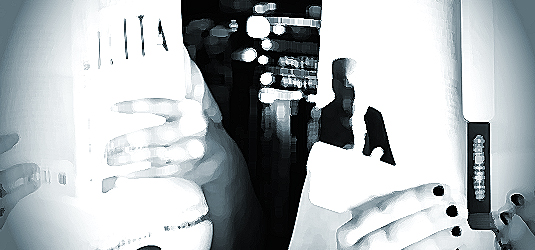
NOTE TO READER: This article first appeared on BiblioBabes.ca courtesy of Kat and Cara on August 23, 2012
So, here’s how it went down.
My brother, Greg, and I were at my place having a writing session, working on the screenplay adaptation of Inside the Outside. I was on my desktop, while he worked on his laptop. We were taking a short break, each of us wasting a bit of time on the Internet, when he turned his laptop towards me.
“No.”
I was looking at Kat and Cara, The BiblioBabes.
“You should send them your book.”
My initial instinct was not to bother. They were cool and smart and sexy—and, well, I was just an indie author. And, having recently published my debut novel, I was hanging onto the bottom rung of a very tall and slippery ladder.
While I expected not to hear back at all, I went ahead and contacted the BiblioBabes. And, a few days later, I was pleasantly surprised to hear back from them when they kindly asked me to send my novel their way.
And that was the beginning.
The BiblioBabes have since, in the world of book bloggers, become my biggest supporters. And I’m not so sure they completely realize how important they are to me. In fact, book bloggers everywhere play a supremely important role in the rapidly evolving world of independent publishing.
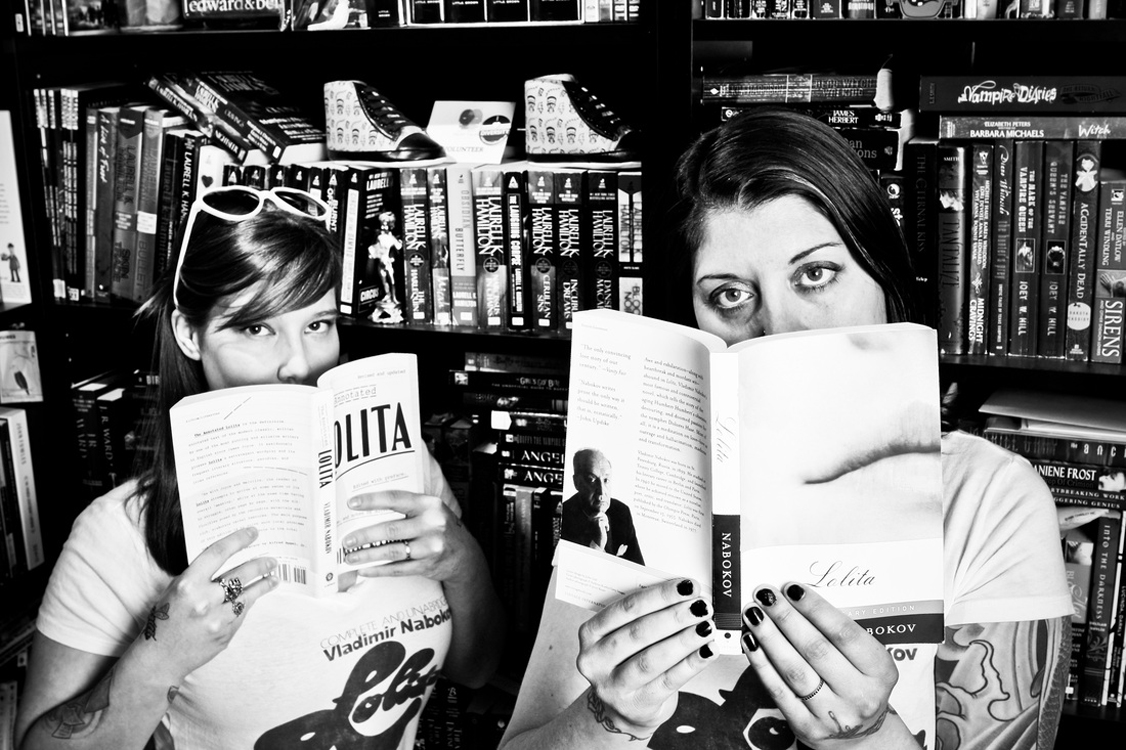 In the world of traditional publishing most authors have agents and publicists to go along with the support of their publisher. Very often, this is enough to get them exposure in newspapers and magazines—and, for the very fortunate, interviews on television and radio.
In the world of traditional publishing most authors have agents and publicists to go along with the support of their publisher. Very often, this is enough to get them exposure in newspapers and magazines—and, for the very fortunate, interviews on television and radio.
But, for indie authors, we have access to virtually none of the aforementioned outlets. So, we rely primarily on the Internet, where we can use social networks and blogs and personal websites to bring attention to our books. But, even then, we can only do so much for ourselves. At some point, we need other outlets to not only spread the word, but to help validate our existence in the eyes of potential readers.
And this is why book bloggers are so important to indie authors. Book bloggers are not associated with publishers or corporate media outlets; generally speaking, they’re just regular folks who love to read books and write about them. It all seems so very simple, but what they do for indie authors is absolutely invaluable.
When I initially published Inside the Outside, my experience with book bloggers was sort of hit and miss; I had no track record, no other published works of note, so I could hardly blame them for not wanting to take a chance on me. Generally, when I contacted book bloggers, I was often met with no response at all or, sometimes, I’d get a polite “thanks, but no thanks.”
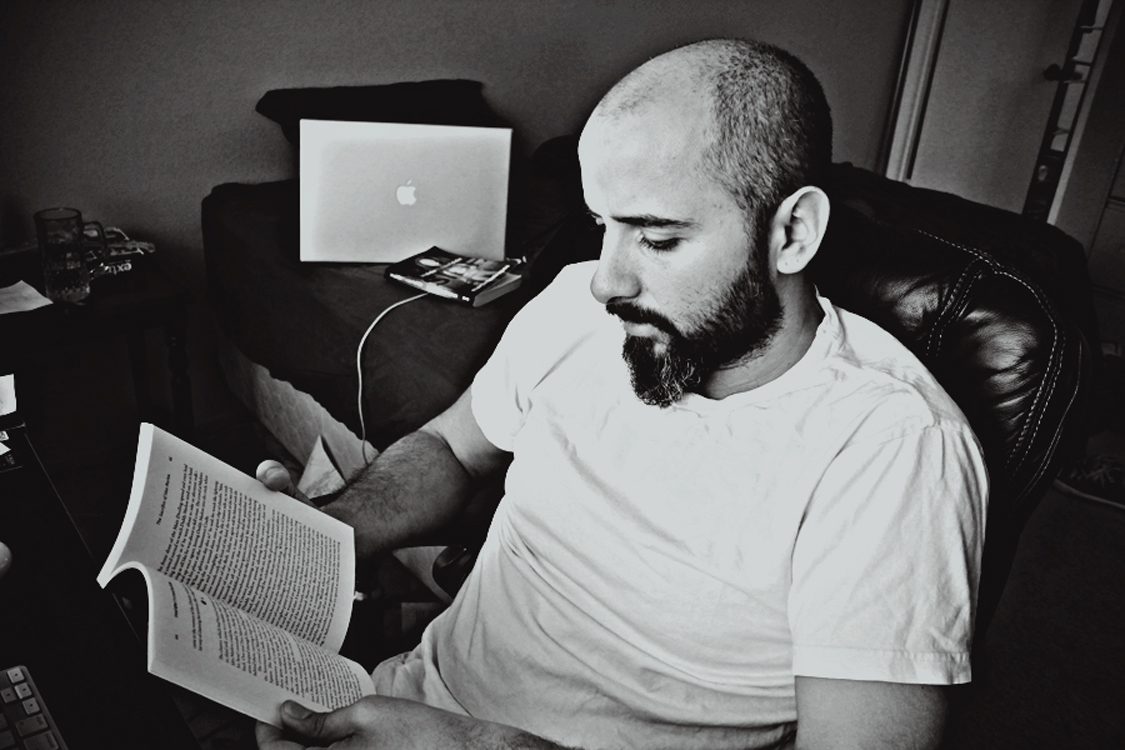 A very small handful of book bloggers did, however, agree to read my book. Amongst them were the BiblioBabes.
A very small handful of book bloggers did, however, agree to read my book. Amongst them were the BiblioBabes.
A few weeks after I sent them my novel, I received emails from Kat and Cara, telling me how much they were enjoying it. And, a few weeks after that, they each wrote glowing reviews (HERE and HERE) about it for their website.
Around that same time, most of the other book bloggers who’d read my book also wrote wonderful reviews. And it seemed that the more positive attention my book got, the more other book bloggers became willing to read and review it. Pretty soon it all seemed to take on a life of its own. And now, a year later, I have what feels like a burgeoning career as a writer and independent publisher—and, for that, I will always be grateful to the BiblioBabes.
So, to all the book bloggers out there, please don’t ever forget how important you are to all of us indie authors. You are not only our readers, but our advocates. And we thank you for it.
